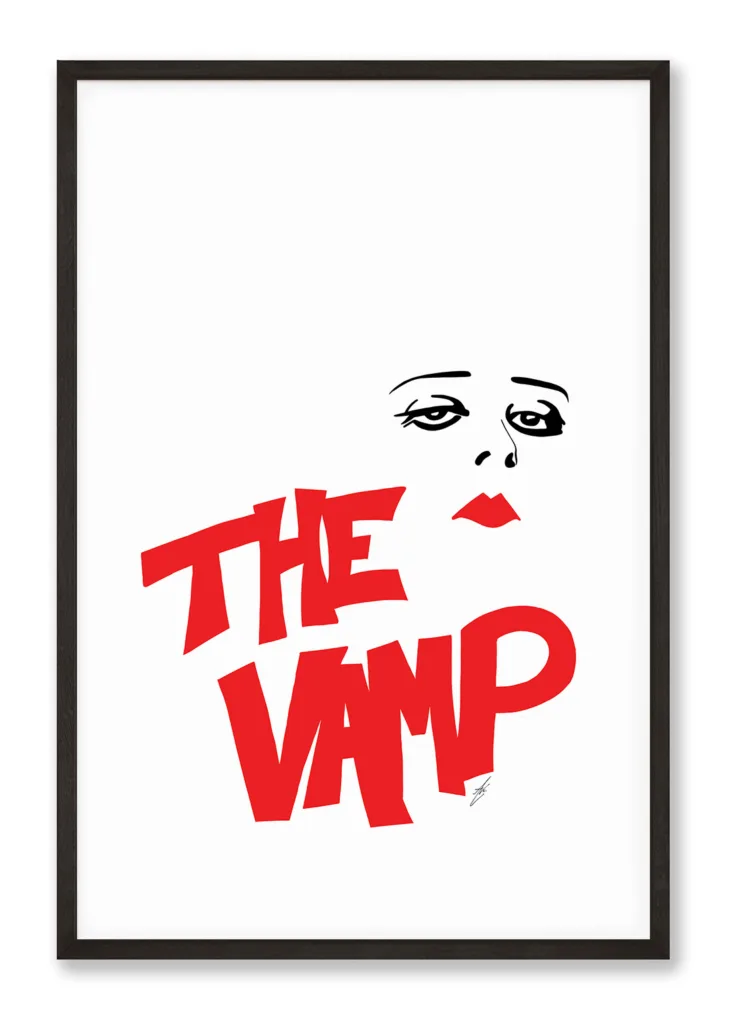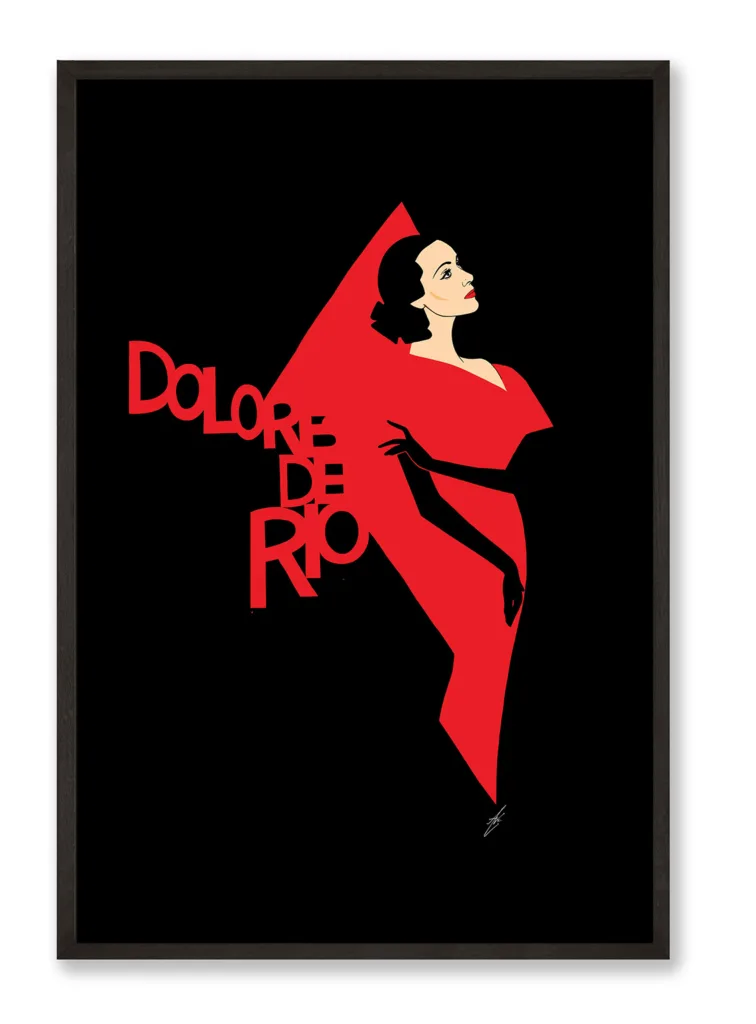Norma Talmadge
The most glamorous film star of the 1920s




Hi, I'm Kat!
What I am most passionate about is to inspire you to see that your life is your own and biggest masterpiece.
Norma Marie Talmadge was born May 2, 1894 in New Jersey. So, she actually already lived where the new movie industry was starting. She had two younger siblings, Natalie and Constance who both became actresses as well. They were really poor and their father one morning when going out to buy food simply didn’t come back leaving the mother to raise three daughters all by herself. She took in laundry, taught painting classes, rented out rooms and sold cosmetics to raise her daughters.
LISTEN TO THE PODCAST
SUBSCRIBE TO THE PODCAST
Beginnings
Norma actually had the idea to pose for illustrated song slides that would be shown in the movie theatres before the movie so the audience could sing along. She was so beautiful in it that the mother decided to get her daughter into the movies. So, it was mother Talmadge that pushed her daughters into the movie industry – not like in the case of Tallulah Bankhead it is the will of the kid against social norms and family will. So, Norma started with Vitagraph Studios, located in New York. Beta Breuil, a script editor for various companies at that time was taken by Talmadge’s beauty and took her under her wings. Thanks to Breuil, Talmadge got bit parts in several movies and eventually got on the pay roll with a steady stream of work. Her roles got always bigger, her acting better – and she soon was Vitagraph’s most promising young actress. She stayed with Vitagraph for five years – during which she acted in over 250 films – making over 50 movies a year. Her last film at Vitagraph was also her biggest success, Anti-German propagandist drama “The Battle Cry of Peace”
After Vitagraph, Talmadge got a contract with the National Pictures Company in Hollywood for eight features at $400 a week, which equals about $12.000/week today. But, in case you have never heard about the National Pictures Company – well, the small studio shut down after one movie with Talmadge which was badly and cheaply produced. So, there they were in LA without money or contract. So, Talmadge went to D.W. GRiffith who supervised production at Triangle Film Production and she got a contract, starring in seven movies within eight months.
Success
The contract with Triangle was not renewed and Talmadge went back to New York. And this is where she met Joseph M. Schenck. He was so taken with Talamadge that he proposed marriage and a production studio for her immediately. Only two months later they were married. Shortly after the Norma Talmadge Film Corporation was founded – and that was a big success.
Schenck hat promised Talmadge to make her the biggest stars with the most lavish costumes, grandest set designs and best actors and directors he could find. Her movies were extravagant and all women wanted to be her – rich, extravagant, beautiful and lavish. The studio corporation was something like a family operation and Schenck soon had a studio full of stars. On the ground the Norma Talmadge Corporation making dramas, the Constanze Talmadge Corporation for sophisticated comedies on the second floor and Roscoe Fatty Arbuckle on the top floor doing comic, where the third sister Natalie was helping out. Eventually, they all relocated to Hollywood. Norma Talmadge became one of the highest-paid actresses of the 1920s, filming with the best directors. Her film Secrets from 1924 was the absolute Olymp of success – she never gave a better performance and never had better reviews.
The end of a career
When Talmadge filmed Camille in 1926, she fell in love with Gilbert Roland and asked Schenck for a divorce. He did not grant it. Why? Because he was a businessman. And he did not want to have her go. He even cast Roland and her together for another three movies because they made money for United Artists – which now released her movies. But United Artists had distribution problems and they eventually eroded her popularity.
And, again, the talkies came along. Talmadge actually prepared diligently for the new medium and proved in her debut that she could do sound movies, but her next movie about Madame du Barry proved to difficult for her voice-acting abilities and was a complete failure. She actually asked to be released from her contract and never again appeared on screen. And when she quit acting, she got rid of all the duties – like signing autographs. She completely cut all cords with stardom and Hollywood.
After seven years, Schenck finally granted Talmadge the divorce she had asked for – but Talmadge did not marry Roland. As he was 11 years her junior she feared that he would leave her eventually and had dumped him. Instead, she married Schenck’s best friend George Jessel, but the marriage only lasted three years. Actually, Talmadge and Schenck bought together the Villa Riviera in Long Beach in 1937 – being business partners still and Schenck managing her financial affairs despite the divorce.
She was extremely wealthy and traveled a lot.
The end of a legend
Talmadge like many of her peers became more reclusive with age. Apparently she was addicted to painkillers that caused arthritis that asked for even more pain killers. It is assumed that her painkiller addiction was the main reason for her attraction to Dr. Carvel James, a Beverly Hills physician that she married in 1946, when she was 52 years old.
In 1957, aged 64, Norma Talmadge suffered a series of stroke and died of pneumonia on Christmas Eve.
Cultural influence
It is unclear until today where the tradition comes from that celebrities stamp a hand in concrete in Hollywood. But one of the theories in existence is that Norma Talmadge accidentally stepped into wet concrete in front of Grauman’s Chinese Theatre in 1927. That would really be something!
In 1956, she was voted one of the top five female stars of the pre-1925 era.
With all my love!
xx






